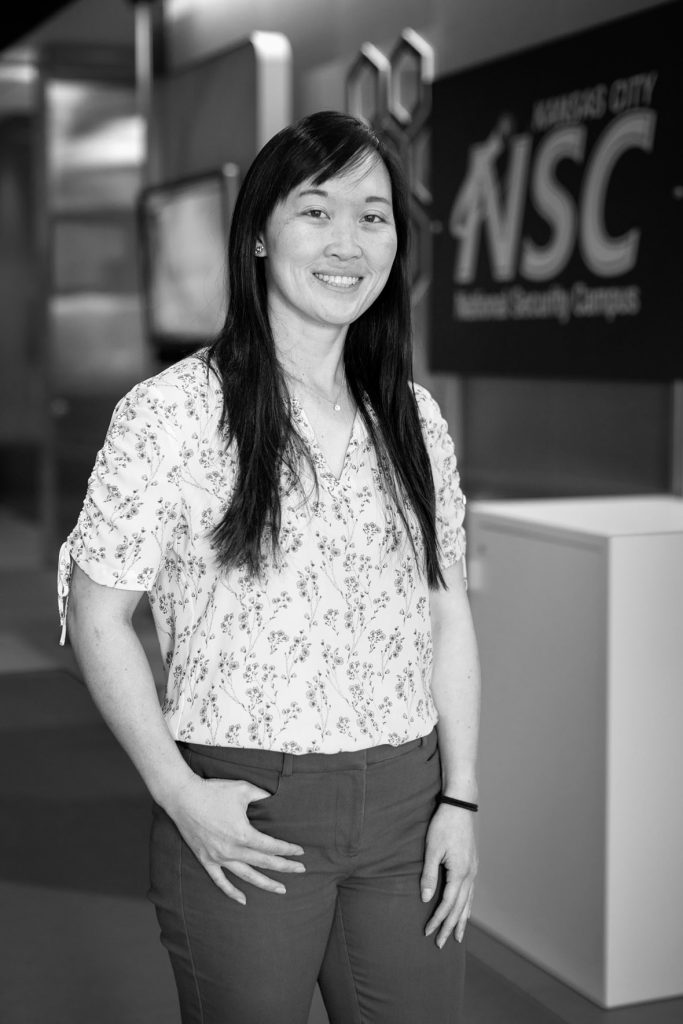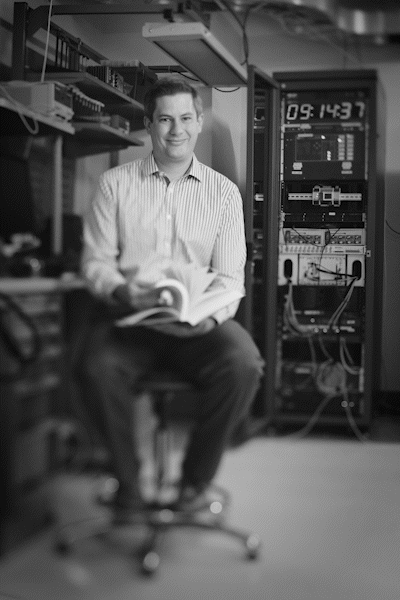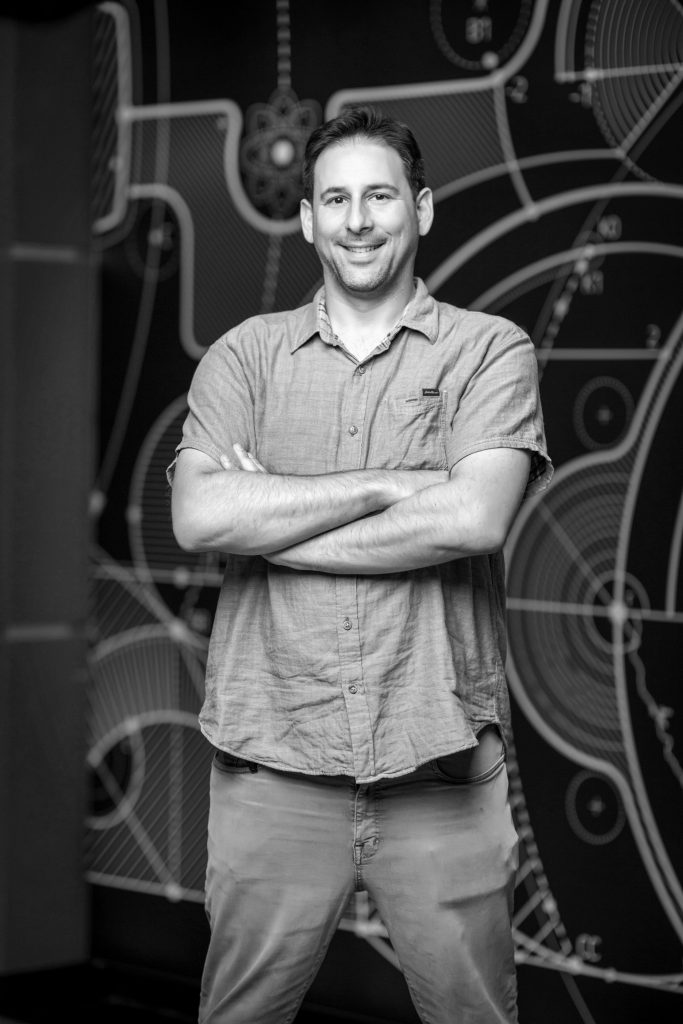Sandians support national security mission
Lab News continues to highlight employees and the ways that they contribute to Sandia’s national security mission. Read more profiles from previous editions.
Michelle Pang
Human factors engineer
6 years at Sandia

Michelle works with product realization teams, engaging in the design of hardware, tooling and fixtures, and processes to support Nuclear Deterrence. She performs process observations that allow her to understand how hardware is assembled. Talking to the technicians, operators and engineers who build Sandia designs provides insight into how to reduce the risk of human error.
Michelle provides recommendations for hardware designs, product documentation and human-centric tasks. These activities allow her to work collaboratively with the teams to determine and implement appropriate design changes, process modifications and engineering or administrative controls.
“Human factors isn’t just ergonomics,” she said. “A large portion of the work we do is focused on designing and building robust systems and processes, and how to do it better.”
The overarching theme of Michelle’s department is understanding and improving how humans and machines and systems interact.
“Throughout a weapon’s lifecycle there are a lot of human-centric tasks: assembly, transport, mid- and final-build testing, integration, etc., and at each of these steps the human can make a mistake,” she said. “My work aims to proactively identify and address these concerns so the systems we build perform and function the way we expect them to, always.”
— Andrea Mackay
Matthew Reno
Principal technical staff member in Electric Power Systems Research Department
15 years at Sandia

Matthew has been working on developing power system protection schemes to improve the reliability of the grid. By working with utilities around the United States, Sandia has been able to decrease the time to detect faults and increase the accuracy for determining exactly where the faulted section of the system is located.
Matthew has also worked with the Institute of Electrical and Electronics Engineers to develop the first standards for microgrid protection. The team received the 2022 IEEE Power and Energy Society Outstanding Standard or Guide Working Group Recognition Award.
While the system is designed to be robust, there are always possible issues that can be seen throughout the entire interconnected grid. For the rest of the grid to continue operating, the faulted section of the system must be isolated and disconnected, generally within a second, so that the blackout does not spread to a larger area.
“The electric grid provides critical power to infrastructure in the United States ranging from residential homes to defense facilities to manufacturing,” Matthew said. “The reliability of the grid is important to our national security and prosperity.”
— Sarah Jewel Johnson
Josh Sugar
Materials scientist
15 years at Sandia

Josh works in the Energy Nanomaterials Department on projects that provide materials science solutions to address problems in a wide range of Sandia mission areas including national security, Nuclear Deterrence and energy and homeland security.
“My job is to use Sandia’s modern high-powered microscopes to map out the atomic and electronic structure of components and devices used for energy and national security applications,” Josh said. “Through our understanding of these basic building blocks, we are able to guide engineering decisions that lead to reliable and predictable materials performance over long periods of time and in harsh environments.”
Josh collaborates with Sandians from different centers and sites, and within the larger NNSA complex. He is passionate about using quantitative electron microscopy as an “arbiter of truth” to address materials science questions and challenges and remains interested in the difficult materials science problems that Sandia faces. Josh is always seeking additional collaborators who share his desire to understand the fundamentals of materials performance.
— Mattie Hensley